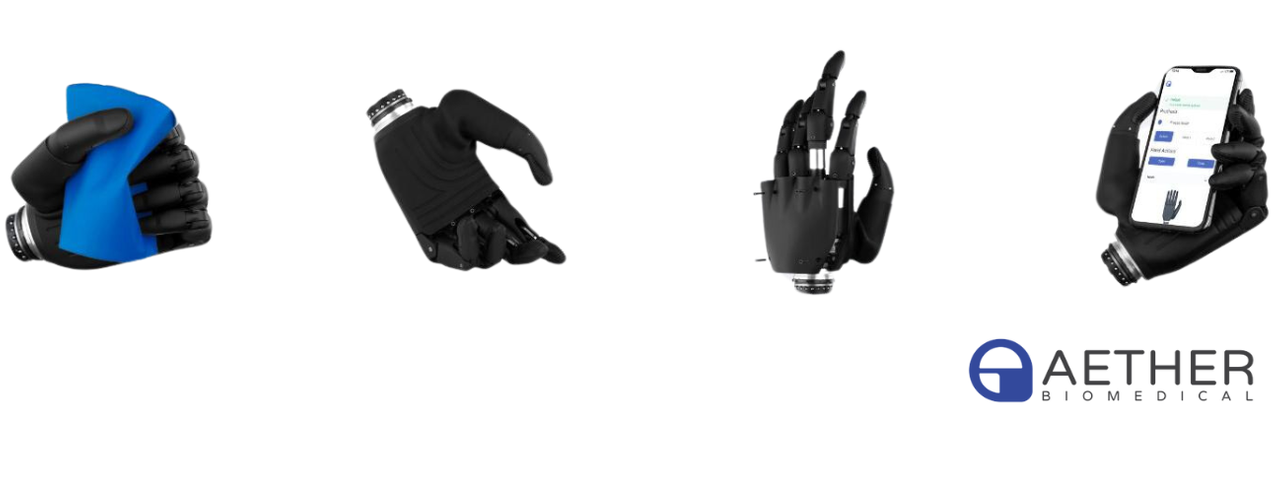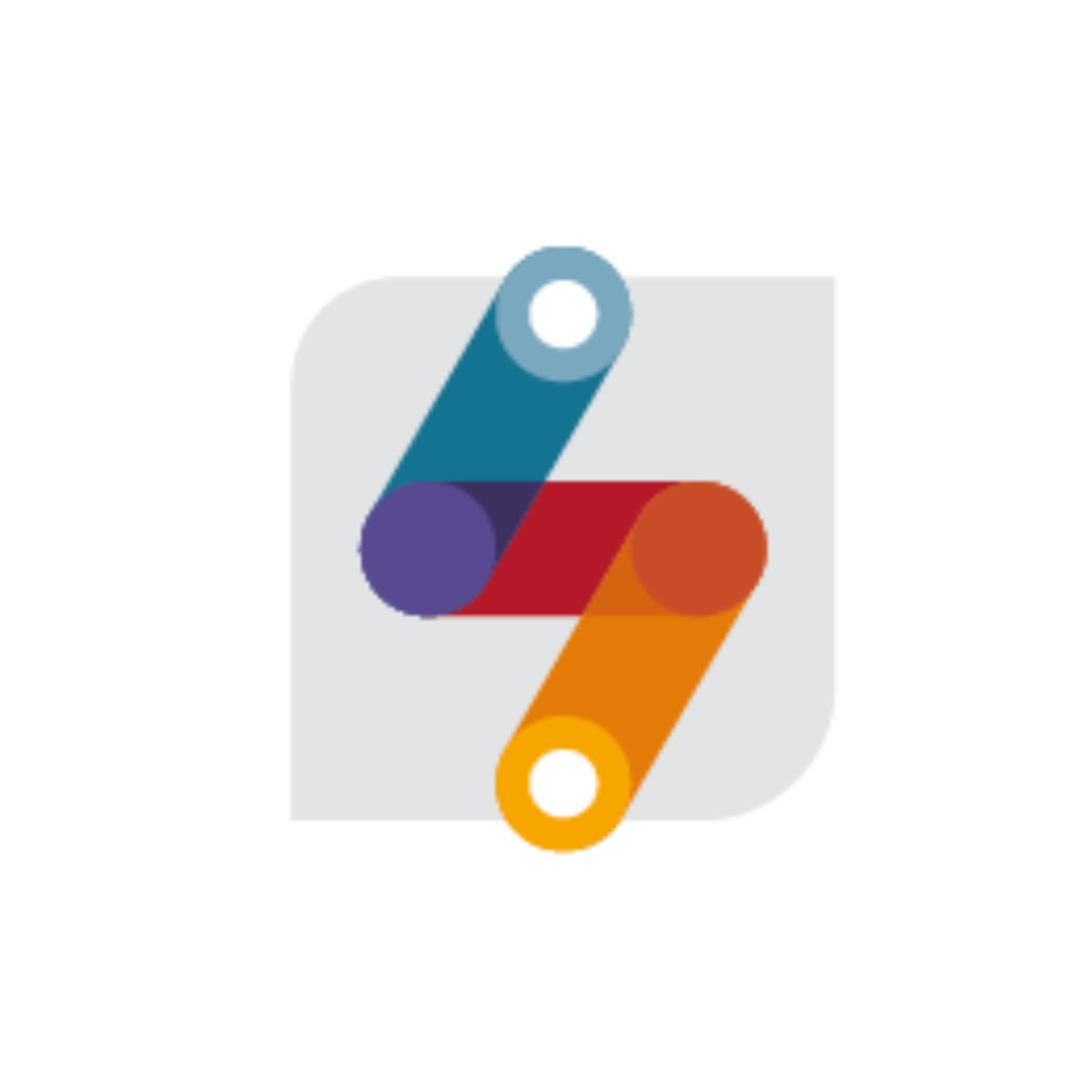How a Bionic Hand is Transforming the Lives of Amputees? An Interview with Dhruv Agrawal, CEO of Aether Biomedical
How does a bionic hand transform the lives of people after amputation? Can patients return to full functionality and even participate in sports? Dhruv Agrawal, co-founder of Aether Biomedical, discusses the innovative approach to prosthetics, the process of creating bionic limbs, and the challenges faced by deep tech companies in the medical field.
Can you tell me about the early financing of your company?
We started in New Delhi, where we received support from a few angel investors and small private investors. Then, we received a grant from Brinc Accelerator through the Poland Prize program which enabled us to move to Poland. Initially we had no plans to relocate from India, but the grant of 200,000 PLN convinced us to give it a try. After spending a few months in Poland, we decided to develop our business here.
Why did you choose Poland, given that there is significantly more VC capital available in India?
We are involved in deep tech and robotics, and in these areas, Poland and Europe offer more opportunities than India. We tried to raise funds in India for a year and a half without success, whereas in Poland, we secured funding within three months through funds like Shape VC and Sunfish Partners. Poland provides better conditions for investors interested in hardware, deep tech, and healthcare technologies, which are areas that are still developing in India.
Could you elaborate on the role of technology in your company, particularly in the context of sports and dual-use applications?
Our technology focuses on bionic hands, which are multi-articulating and provide fine motor control similar to a human hand. We started with bionic prototypes because they offer the most significant potential for improving the quality of life for amputees. Our bionic hands are used primarily for everyday tasks, but they also support Paralympians. Although the devices are not specifically designed for sports, they significantly impact the users' overall lifestyle and daily activities.
Regarding dual-use applications, one of our key investors, J2 Ventures, has expertise in both hardware and military tech ecosystems. This has been beneficial, especially in providing prosthetics for soldiers and veterans from Ukraine. We have been setting up camps and collaborating with organizations like Superhumans to support amputees affected by the conflict.
How has your collaboration with J2 Ventures and their experience with devices like the Oura Ring been beneficial to your company?
The team at J2 Ventures has been extremely helpful, particularly with their expertise in dual-use technologies. One of their co-founders, Alex, has deep connections within the US military framework, which has been invaluable for our work with military veterans. Their experience with devices like the Oura Ring, which provides health analytics through wearables, aligns well with our focus on advanced prosthetics. Their insights into wearable technology and healthcare have been crucial for our development.
What is the cost and development process for your bionic hand prototypes?
The very first prototype cost around $1,000 to $1,200. To develop a prototype suitable for patient trials, we spent about $75,000 to $80,000. By the time we had a market-ready product, we had invested approximately $1.5 million. Continuous improvements brought the total investment to about $3.5 to $4 million.
How does the device integration work with the arm and socket components?
Our device is the hand component, which is standardized. The arm and socket components are customized for each patient and are typically provided by prosthetic centers. These centers create the socket and fit the hand to the patient's residual limb, ensuring proper customization and training.
Is there a standard for connecting your bionic hand to the rest of the prosthetic arm? Can users easily switch components?
Yes, there is a standard for connecting the hand to the prosthetic arm called the electronic quick disconnect system, which is used by almost all prosthetic hands on the market. This means users can easily switch out our hand for another compatible hand if needed. The standardization ensures that our hand can be seamlessly integrated with the customized socket and arm components provided by prosthetic centers.
How do you approach the training process for new users of your bionic hand?
Training is a crucial part of using our bionic hands. We are developing a VR training system that will allow patients to learn how to use our devices in a safe and controlled environment. This system can help patients start training even before receiving the device, which is crucial since insurance approvals can take time. We currently offer a web platform and a mobile app for clinicians and patients to set and track training goals.
How do you see the VR training integration helping your users? Would you compare it to something like PlayStation's Astro's Playroom for learning to use a PS5 controller?
The VR training system will allow patients to learn how to use our devices in a safe and controlled environment. This system can help patients start training even before receiving the device, which is crucial since insurance approvals can take time. Just like PlayStation provides Astro's Playroom to help users get familiar with the different controls of a PS5 controller, our training system helps users understand and master the different functions of the bionic hand. This ensures they are well-prepared to use the device effectively in their daily lives.
What are your future plans regarding the development of medical devices?
For now, we are focused on upper limb prosthetics and may explore upper limb exoskeletons for paralysis. Lower limb prosthetics require different expertise focused on stability and gait, which is not our primary area of knowledge. We aim to improve the control systems for our devices, having received a grant to develop advanced control technologies, including haptic feedback.
What has been your experience with the National Health Fund and the Ministry of Health in Poland?
While we have had some sales in Poland, the reimbursement provided by the National Health Fund (NFZ) is quite low, making it difficult to afford advanced devices like ours. However, we are exploring the “Aktywny samorząd” program, which offers better reimbursement rates and could make our devices more accessible in the Polish market.
Can you tell us more about your collaboration with Ukrainian soldiers and veterans?
We work primarily with the NGO Superhumans in Ukraine, setting up camps to provide prosthetics to soldiers and civilians affected by the conflict. We are also looking to hire people in Ukraine to support our efforts there more consistently. So far, we have fitted nearly 50 patients through our camps and plan to expand our presence in the coming months.
Dhruv Agrawal – co-founder Aether Biomedical.






